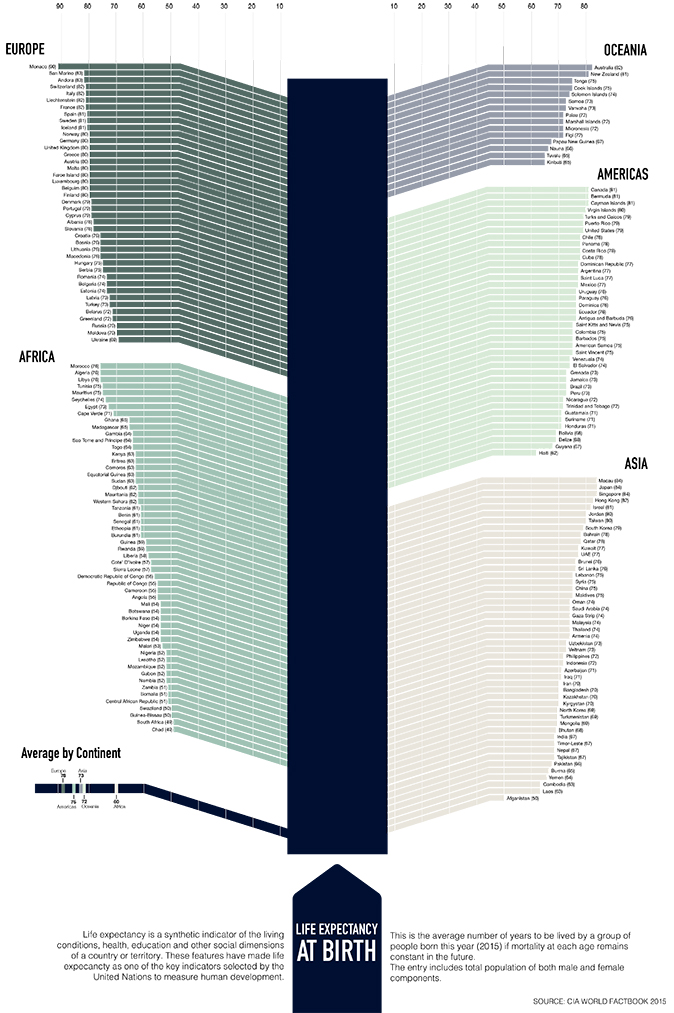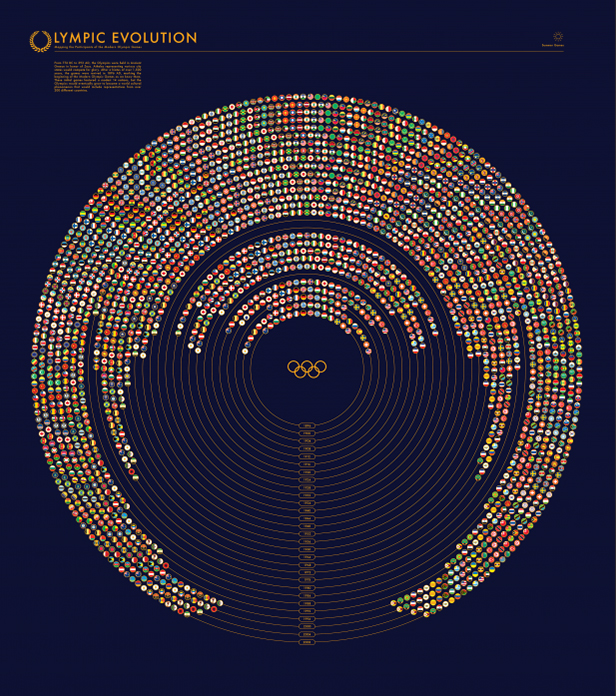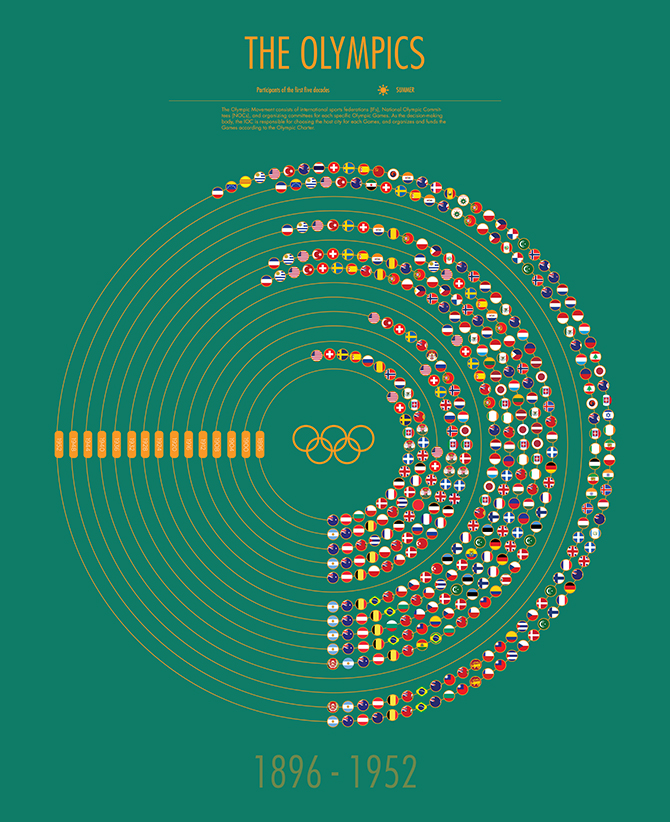David Stairs
The discussion in my Junior-year studio at this week’s critique swirled around the value of Pinterest, that irrepressible repository of everything how-to-do-it. Is it a valuable source of inspiration, or a struggling student’s crutch? Is it gender specific, a creative and social outlet for stay-at-home moms, or does it apply to the testosterone set as well? One young man in the class thought it was not strictly for women, but then quickly clarified that he does not use it himself. This disagreement between me and some of my students was good natured, but it masked a deeper division than the usual generational gap.

Graphic by Marcello Duhalde found on Google
I also had to discuss two cases of plagiarism with their creators last week. The students had been asked to find a data set and attempt to visually represent it in an un-rhetorical manner. Most so-called “infographics” are really infotainment, where the data is made to look pretty or amusing and not too challenging. I was asking young designers to think more of letting the data speak for itself, the way scientific graphics often do. But this was a bridge too far for some. Unfortunately, the first thing contemporary design students do when beginning a new project is go to the Internet. It does not matter whether we’re talking about logos or egg cartons, the millennial generation is as addicted to the web as my generation was to television. Unfortunately, they are also clueless about the downside. The Internet is a great place for fact-checking, and an endless source of amusement, but when it comes to creativity, the net is, at best, a black hole of distraction. At its worst, having a seemingly endless source of examples as near as one’s cellphone can be a serious brake on creativity.

Life expectancy graphic by a student, who cited the source data, but not the inspiration
I’ve been telling students for years to do their thumbnailing without relying on the Internet, but young people are so dependent upon this technology that most are insecure about their own abilities. I try to assure them that they’ve got all the resources they need right in their own DNA, that they should only use the net to verify originality, but that’s a hard sell for people obsessed with their grade point average. Then again, with apparent solutions abounding, the Internet can seem like an easy way to claim an ‘A’ on a otherwise challenging assignment.

Olympic Evolution by Uno found on Google
During a critique it is usually not possible to detect plagiarism. Decorum requires one to be discreet until certain. Afterward, while sitting alone in my office, I decided to test a suspicion and searched a student’s theme online. There, to my regret, appeared their project, albeit with a different background color. I tried it with another student’s work, a seemingly sweet solution to data representation. Same result. Where an hour earlier I had been pleased with the results of the critique, now I was beginning to feel very deflated.

Derivative Olympic graphic by a student
When I sat both students down to tell them why I couldn’t give them credit for submitting someone else’s work they both expressed consternation. They did not just turn in something they’d found on the net; they’d located a potential solution, then carefully rendered it in their own manner. What was wrong with that? Authorship is a funny thing. I’ve had students tell me other instructors have assured them they can use found images so long as they change them somehow— 10% is the usual amount stated. But it doesn’t matter whether you change a work 10% or 50%, if you steal an idea, a concept, a sweet solution, you have committed an act of piracy. Piracy has many adherents these days. The islands of the Plagiarist’s Archipelago— Pinterest, Google, Instagram, Yahoo, Flickr, and Shutterfly— are crowded with ships. It’s not just the Somali fishermen who have lost their day jobs, or the high school surfers who like to bit torrent music and movies, but students of the creative trades who have adopted lazy habits and a rationale to justify them. The fair use clause in copyright law goes nowhere near trying to set a standard percentage for permissible alteration of an existing work. There is a good reason those who work in the design professions refer to themselves as “creatives” rather than “imitatives.” I’ll let you guess what it is.
David Stairs is the founding editor of Design-Altruism-Project.











Leave a Reply
You must be logged in to post a comment.